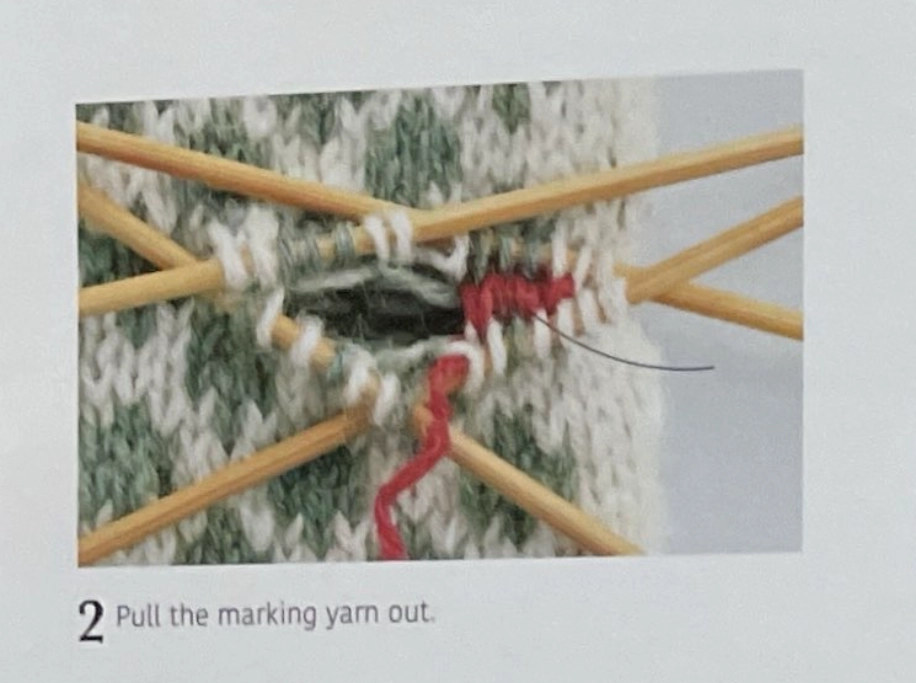Cat hand warmers
March 15, 2025

Project recap
- Time spent: 40 hours
- Yarn: CaMaRose - Tynd Lamauld, 5008 Midnatsbla/5016 Lys Mint/ 5018 Turkis Gron
- Needle: US 00/1.5mm
- Pattern: No.13 from Knit Latvian mittens: 17 projects with traditional Latvian patterns to knit
- Designer: Motoko Ishikawa
Planning
I planned to knit a pair of mittens because I had knitted myself a pair of gloves and I need something less warm for the false spring in Toronto. This is a lovely pattern I read from the book Knit Latvian mittens I borrowed from the library. Materials are not a problem, I already have suitable yarns on my hand – I bought some light fingering yarns in ice blue and dark navy a while ago for my husband’s gloves, but the gauge turned out to be way off, so I eventually abandoned them and chose something else. I also happened to have plenty of left-over yarns from the previous gloves project and I chose the dark turquoise colour within the same colour family to be the other contrasting colour. The yarn is a wool/llama blend, making it more forgiving for colourwork which I like, since I’m not too experienced with colourwork projects.
Colour Dominance

Left: Stranded colourwork; Right: Duplicate stitch
When considering the colour dominance, I chose the dark navy to be the dominant colour because it’s a small motif. However, it also has eyes in light colour and might look less obvious if the dark colour is too dominant. So I tried two different techniques for the cat eye for each mitten — The left hand mitten is regular stranded colourwork with dark navy to be the dominance except the cat eye row, when I swap the dominant to ice blue. The right one used duplicate stitch by threading light yarn during finishing up. As you can see, even thought I swap the colour dominance in the middle, the right one with duplicate stitch makes the cat eye pop up much more than the one on the left. Duplicate stitch creates lots of work at the end, but I think it worths the effort.
Construction
Knitting the Thumb
In my previous gloves projects, the stitches on the thumb are usually put on hold when working through the palm, and they will be picked up later and cast on a few more stitches to make up the thumb. This is not the case. Instead of putting stitches on wasted yarn, it requires a “marking yarn” that basically adds a few additional “mark” stitches in the thumb position, so when they’re picked up later, don’t need to cast on new stitches. To be honest, I’m not a fan of this technique. As you can see in the below photo, inserting four needles around such a tiny hole is fiddly and makes my hands cramp.

Kihnu Tori Braided Cast-on
The braided cast-on is probably the most interesting part in this design, which is used quite often in the designer Motoko’s patterns. It makes an eye-catching embellishment in the wrist and is surprising simple by just intertwining yarns. The book provides photo tutorials, and I’ve seen video tutorials available on YouTube as well.
Binding off
This pattern uses 2x2 rib for both the wrist and the palm edge. Binding off 2x2 is always challenging — too tight it’s not stretchy enough to fit, too loose it looks less neat. I tried a few different new casting off techniques but none of them satisfied me, eventually I went back to Jenny’s surprisingly bind off. Guess I’ll stay with this bind off until I find a less bumpy alternative.